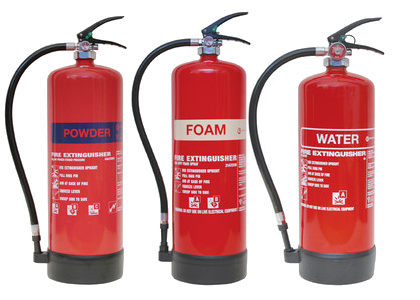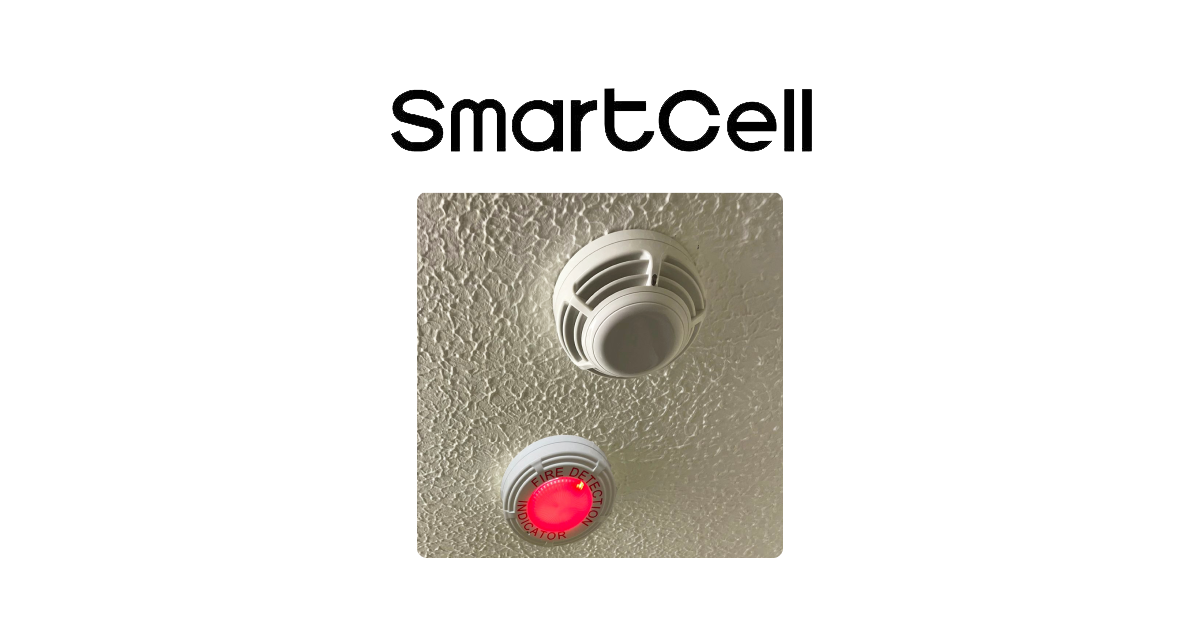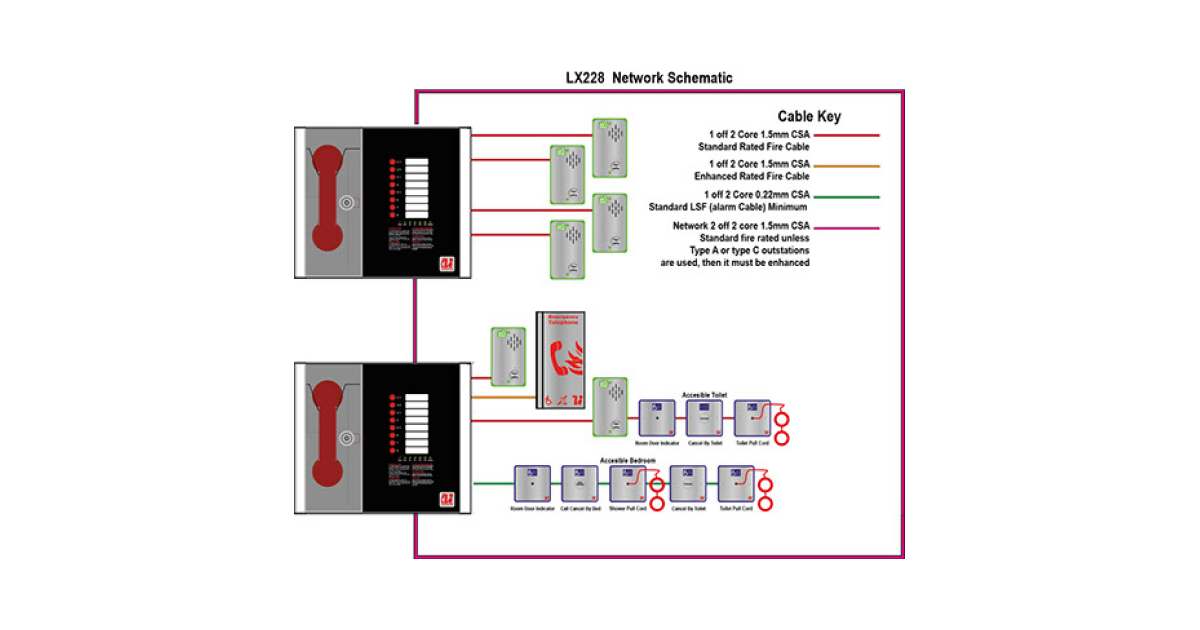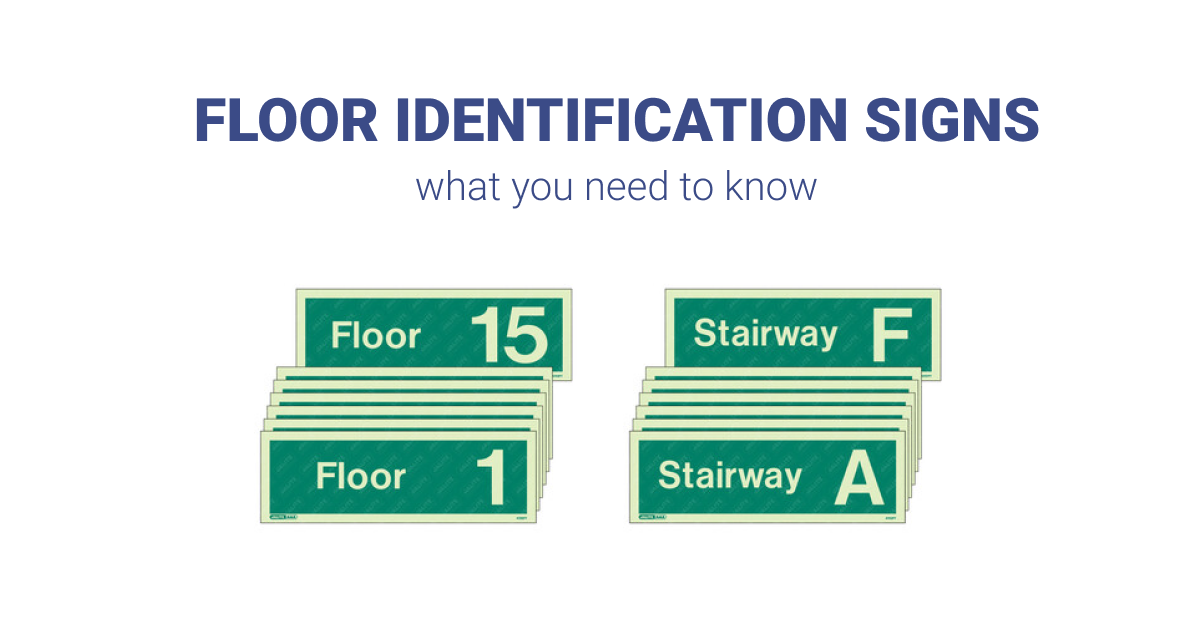
It’s easy to panic when there’s a fire and you’d be forgiven for reaching for the nearest fire extinguisher. However, it’s important to remember that different fire extinguishers have been designed to tackle different types of fire – the fire extinguisher you choose could have a big effect on how quickly the fire goes out, or if it even goes out at all.
If you’re in an unfamiliar building, or in a state of panic, you won’t necessarily have time to look at a fire extinguisher label or a sign on the wall to make sure you’re picking up the correct fire extinguisher for the job. Luckily, fire extinguisher labels have been designed so that each type of extinguisher is identifiable by a coloured label. The trick is knowing which colour is which!
We’ve summarised the different types of fire extinguisher below – hopefully this will help you remember which fire extinguisher you need in an emergency.
Red = Water
A water fire extinguisher is identifiable by a red label. Water fire extinguishers are really effective on Class A fires (those that have an organic fuel such as paper or wood) as the water cools the area, stopping the fire from burning effectively.
NOTE: It is very dangerous to use a water fire extinguisher on burning cooking fat or electrical fires.
Cream = Foam
Foam fire extinguishers can be recognised by a cream coloured label and are ideal for extinguishing fire on solid objects or flammable liquids like paint and petrol. When deployed, the foam creates a barrier between the flames and the fuel, effectively reducing the fire’s ability to burn.
NOTE: Foam fire extinguishers are not recommended for fires with organic fuels such as paper and wood or fires with cooking fats/oils.
Blue = Powder
Fires originating from flammable liquids like petrol, grease and oil are effectively put out by powder fire extinguishers. The powder particles have been designed to draw out the heat of the fire, making it difficult for the fire to take hold.
After you’ve used a powder fire extinguisher it’s important to wait and see if the fire re-ignites as sometimes the powder cannot reach every nook and cranny on the burning object or area.
NOTE: Powder extinguishers shouldn’t be used on cooking fats/oils.
Black = CO2
CO2 (Carbon Dioxide) fire extinguishers have a black label and can be used on electrical equipment and flammable liquids. The carbon dioxide essentially suffocates the fire by replacing the air around it.
If you need to use this type of extinguisher you should take care to use it in a well-ventilated area as the fumes can be harmful.
NOTE: Carbon dioxide extinguishers shouldn’t be used on cooking fats/oils.
Yellow = Wet Chemical
You may have noticed that all of the preceding types of fire extinguisher are not recommended for use on burning cooking fats and oils… well, finally, we have a type of fire extinguisher that CAN be used to extinguish this type of fire!
Yellow-labelled fire extinguishers contain a wet chemical that is distributed in a fine mist over burning fats like lard, butter and oil. This initially stops spits of oil from burning the user and eventually forms a foamy layer over the liquid fat, cooling it down dramatically and stopping the fire from burning.
NOTE: This fire extinguisher shouldn’t be used on other flammable liquids like petrol or grease.
Ultimately, if you are ever unsure about which fire extinguisher you’re going to use or even the type of fire you want to tackle, you should call the fire brigade immediately. They have specialist equipment and are experts on the different types of fire and the best fire extinguishers to use.
Discount Fire Supplies stocks all of the above types of fire extinguisher online in our Fire Extinguishers & Blankets category.










